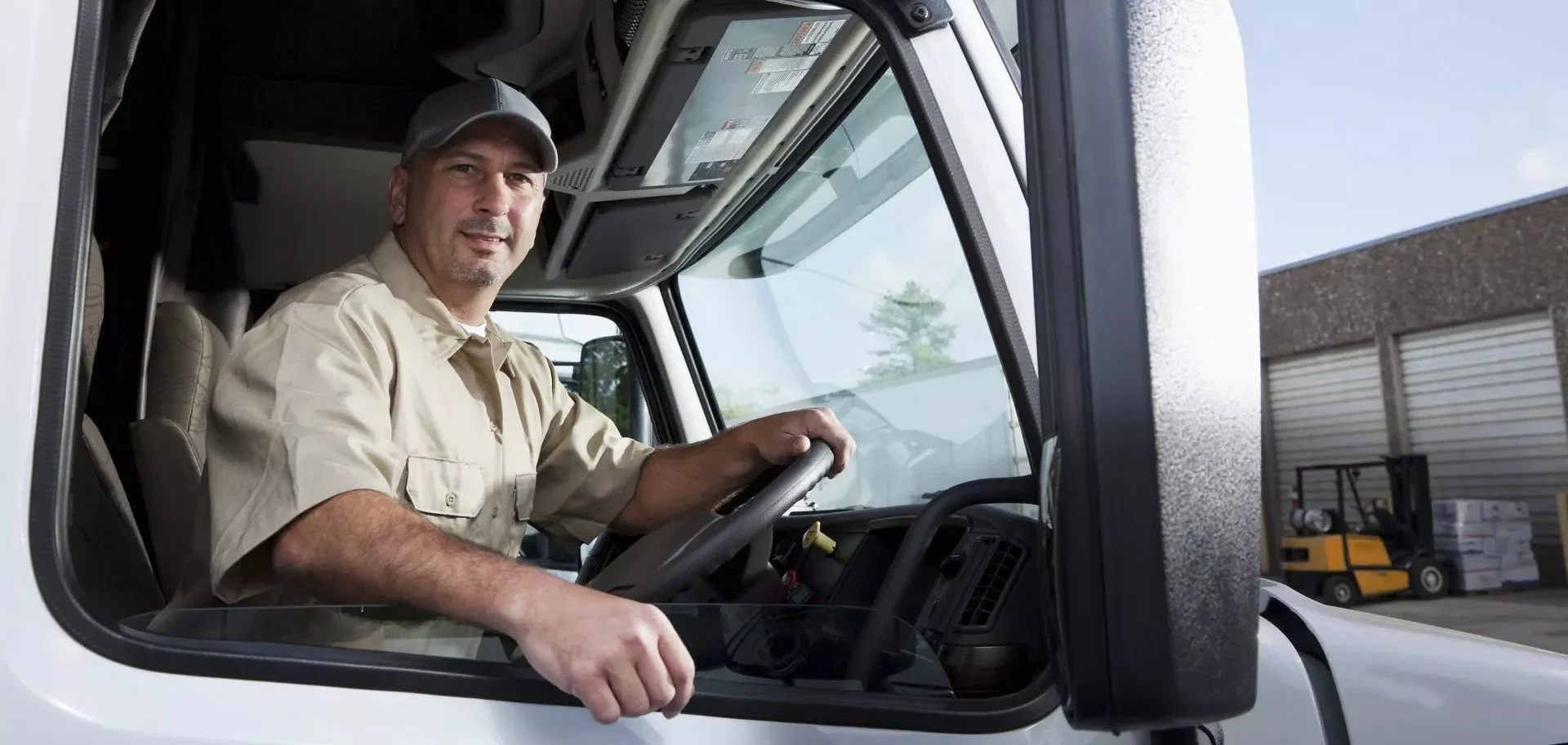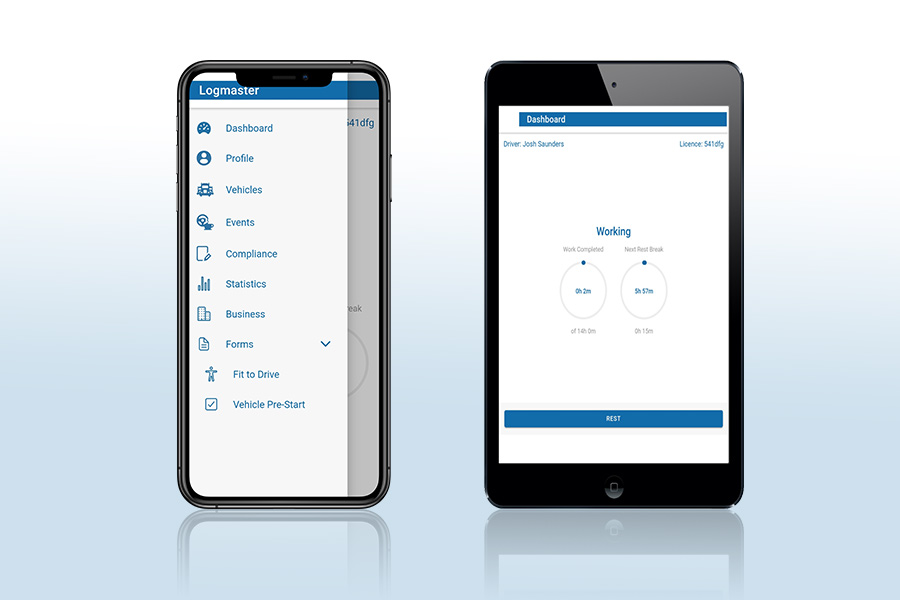The transportation industry is no stranger to technological advancements. From fleet management systems and GPS tracking to electronic logging devices and automated dispatching, new technologies have the potential to revolutionise how transport companies and drivers operate. However, introducing new technology can also be a daunting task that requires careful change management to ensure a smooth transition and maximise the benefits. Here are 13 ways for transport companies and drivers to effectively manage technology change.
- Clearly Define Objectives: Clearly define the objectives of implementing new technology, whether it’s to improve operational efficiency, enhance safety, or increase customer satisfaction. Having clear objectives will help align everyone involved towards a common goal.
- Communicate Early and Often: Communication is key in managing technology change. Start communicating with drivers and other stakeholders early in the process, explaining the reasons behind the change, the expected benefits, and how it will impact their daily operations.
- Provide Training and Support: Offer comprehensive training and ongoing support to drivers and other users of the new technology. This can include hands-on training, written documentation, and online resources to help them effectively use and adapt to the new technology.
- Address Concerns: Listen to the concerns and feedback of drivers and other stakeholders, and address them promptly. This can help alleviate resistance and build trust and buy-in.
- Involve Drivers in the Process: Involve drivers in the decision-making process when selecting and implementing new technology. Their insights and feedback can provide valuable input and increase their ownership of the change.
- Test and Pilot: Conduct thorough testing and piloting of the new technology before full implementation. This can help identify any issues or challenges early on and allow for adjustments before widespread adoption.
- Provide Ongoing Support: Offer ongoing support to drivers and other users of the new technology, even after implementation. This can include regular check-ins, troubleshooting assistance, and continuous improvement efforts.
- Monitor Performance: Continuously monitor and evaluate the performance of the new technology to ensure it is delivering the expected benefits. Use data and analytics to track key metrics and identify areas for improvement.
- Celebrate Successes: Celebrate successes and achievements related to the new technology, whether it’s improved efficiency, cost savings, or enhanced safety. Recognize and reward drivers and other stakeholders for their efforts and contributions.
- Foster a Learning Culture: Foster a learning culture within the organization, encouraging drivers and other employees to continually improve their technology skills and adapt to new changes.
- Emphasize Benefits: Highlight the benefits of the new technology for drivers and the overall organization, such as improved efficiency, reduced paperwork, and enhanced safety. Show drivers how the technology can positively impact their daily operations.
- Address Resistance: Anticipate and address resistance to change, whether it’s from drivers, other employees, or other stakeholders. Provide information, resources, and support to address concerns and overcome resistance.
- Monitor Industry Trends: Stay informed about the latest trends and advancements in technology within the transportation industry. Continuously evaluate and adopt new technologies that can help keep your organization competitive and efficient.








